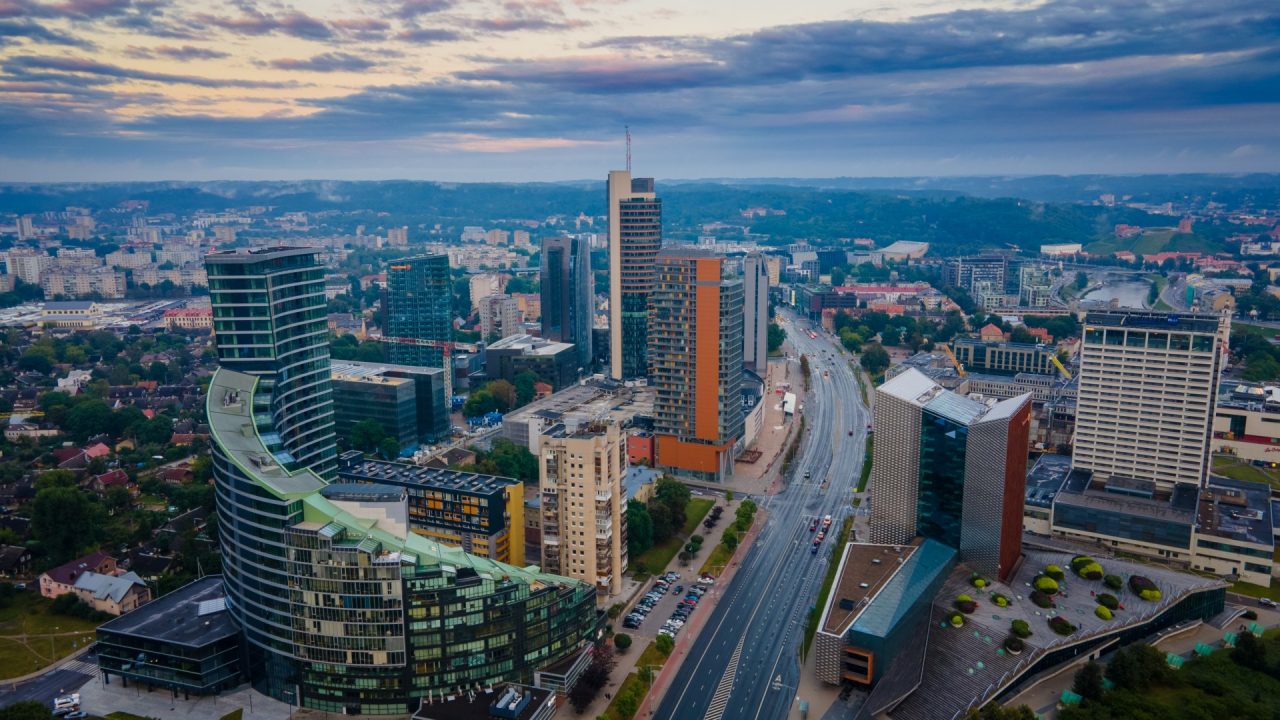The Covid-19 pandemic has dented economic growth in Central and Eastern Europe, the newest members of the European Union, which have experienced rapid development in the past 30 years as they move nearer to closing the gap with the rest of the continent.
Hungary, Estonia, Lithuania, Poland, Romania, the Czech Republic, Slovenia, Latvia: these countries have all invested in new infrastructure to help modernise their economies, as well as to bring them physically closer to their European neighbors. Despite this effort, the infrastructure gap is still considerable, according to the International Monetary Fund in the study “Infrastructure in Central, Eastern and Southeastern Europe.” To bridge at least 50% of the gap with the 15 most developed countries of the EU, countries must invest between 3 and 8% of GDP each year in new infrastructure projects from now until 2030.
Public infrastructure investment in the region has become even more important now after the spread of Covid-19, which has created an economic slump in Eastern and Central European countries. The IMF economists say that infrastructure spending can play an important role in the recovery.
Investing in Easten Europe infrastructure to stimulate GDP
The plunge in gross domestic product (GDP) caused by lockdown measures to stem the spread of the pandemic is now one of the top problems faced by European governments. In Central and Eastern Europe, this setback can be contained by investing in infrastructure, according to the International Monetary Fund. The report estimates that every €1spent in the sector in Eastern and Central European countries can guarantee a return of €0.5-0.8 in the short term and as much as €1.7-2.5 in the long term.
The contribution of the Next Generation EU intervention package, approved by the European Union to combat the coronavirus crisis, will be very important and could provide a source of funds. According to analysts of the International Monetary Fund, of the €750 billion provided by the Fund, €212 billion will be allocated to Eastern and Central European countries. A considerable part of these resources could be allocated to the development of large infrastructure projects, essential to recover from the current crisis and, in the long term, close part of the infrastructure gap that still divides these EU “newcomers” from the EU15.

The biggest gaps in Easten Europe infastructures, starting with transport
Railway lines, city subways, highways: transport is the weak point and needs the most investment. Road transport infrastructure quality is 60% lower in the Central and Eastern European regions than in other EU countries, and 40% lower in the rail sector.
It is difficult the generalise, however, because countries like Slovenia has a very modern rail network, while others such as Bulgaria or Kosovo are still far behind.
On average, the International Monetary Fund indicates that a cross border approach would be necessary, and will make an important difference for the economic future of the region.
The overall effort needed – apart from Next Generation EU plan — is $1.15 trillion, according to the Monetary Fund. Of this, the most important share, amounting to $530 billion, should go to modernising roads, railways, ports, airports, energy plants and telecommunications lines.
Investing in infrastructure: the engine of economies
Investing in infrastructure is an important keystone for the less-developed countries of the European Union, especially during this economic slump.
So having confidence in the impact of major infrastructure projects – as demonstrated in the past by Slovenia, Latvia and Poland, which have been transformed in recent years – is an important way of holding on to this progress and avoiding any backsliding caused by the pandemic.
For example, in 2018 Poland launched a plan to build a high-speed rail network, to be finished by 2027 with a total investment of over €9 billion. Its plan calls for modernising the country’s rail network to make it capable of connecting 120 cities and 13 million inhabitants. Slovenia has chosen the same path, which has launched projects to build new highway routes and a new railway system, whose flagship will be the connection between the port of Koper and the hub of Divača.
Like Poland and Slovenia, Romania, Lithuania, the Czech Republic and many other countries have chosen to renew their infrastructure in recent years. This path requires investment and a long-term outlook – two valuable tools that will help beat the Covid-19 crisis.

